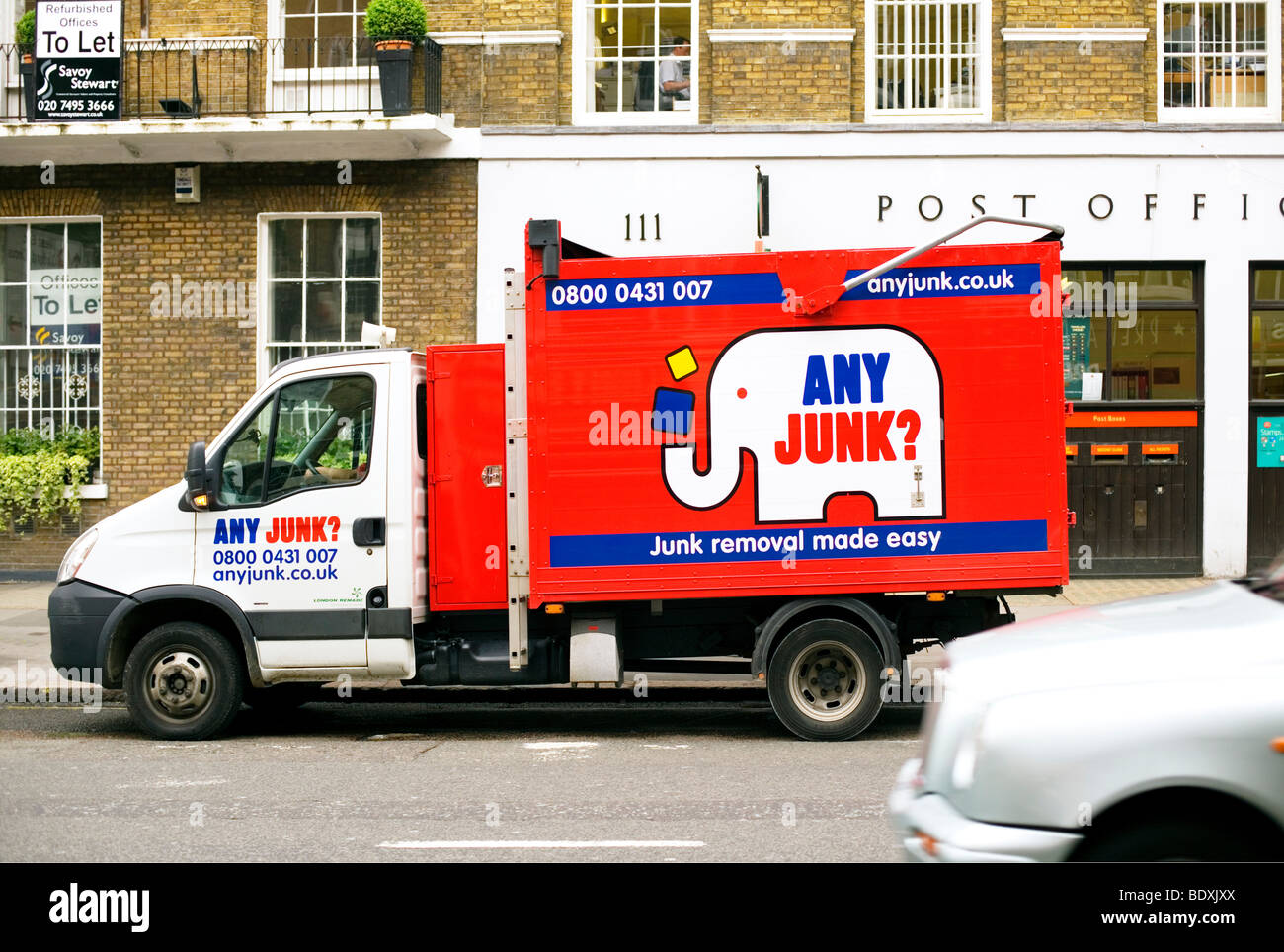A Complete Guide To Figuring Out The Perfect Dumpster Dimension For Your Project
A Complete Guide To Figuring Out The Perfect Dumpster Dimension For Your Project
Blog Article
Web Content Writer-Cabrera Davies
When starting a project that calls for a dumpster, the dimension you select can significantly affect its effectiveness and cost-effectiveness. Envision having the ideal container that accommodates all your waste without being exceedingly large or too tiny. Everything begins with understanding the nuances of your job and picking a dumpster size that lines up with your specific demands. So, before you make a decision, take into consideration the variables at play to guarantee a smooth waste administration process from beginning to end.
Elements to Take into consideration
When choosing the right dumpster size, there are numerous key aspects to consider.
Initially, consider the sort of waste you'll be disposing of. Different products might need varying amounts of area, so recognizing what you'll be putting in the dumpster is crucial.
Next, examine the amount of waste you anticipate to produce. If you take too lightly the quantity, you might need to make numerous trips to take care of every little thing, which can be inconvenient and costly. On the other hand, leasing a dumpster that's as well large can bring about unnecessary expenses.
Furthermore, think about the space where the dumpster will be positioned. Guarantee there suffices room for the dumpster to be supplied and picked up without any blockages.
Lastly, think of any kind of weight constraints that may apply. Going beyond the weight restriction can cause added costs and even the refusal of service.
Dumpster Size Alternatives
For selecting the right dumpster dimension, it's important to have a mutual understanding of the offered options. Dumpster sizes normally range from 10 to 40 cubic backyards, with variations in between.
A 10-yard dumpster is suitable for little projects like a garage cleanout or a tiny improvement. If you're dealing with a medium-sized job such as a kitchen remodel or a basement cleanout, a 20-yard dumpster may be the best selection.
For larger tasks like a whole-house improvement or commercial building, a 30 or 40-yard dumpster could be preferable to accommodate the volume of waste produced.
When picking a dumpster size, consider the amount and kind of particles you anticipate to throw away. It's better to select a slightly bigger size if you're not sure to prevent overfilling. Keep in mind, it's more affordable to rent a dumpster that fits your demands rather than having to order an extra one.
Matching Size to Project
Optimally matching the dumpster size to your job is vital for reliable waste monitoring. To figure out the best size, consider the range and nature of your task.
For tiny household cleanouts or renovations, a 10-yard dumpster may be enough. These are generally 12 feet long and can hold around 4 pickup truck lots of waste.
For bigger tasks like redesigning several areas or cleaning out a large estate, a 20-yard dumpster may be better. click this are around 22 feet long and can hold about 8 pickup lots.
If you're tackling a major building project or commercial improvement, a 30-yard dumpster could be the most effective fit. These dumpsters have to do with 22 feet long and can suit concerning 12 pickup tons of particles.
Matching the dumpster dimension to your project ensures you have adequate space for all waste products without paying too much for extra ability.
Verdict
Finally, picking the ideal dumpster dimension for your project is essential for reliable waste disposal. By thinking about factors like the type and amount of waste, area schedule, weight restrictions, and spending plan restraints, you can guarantee you have the appropriate size dumpster for your demands. See to https://www.prunderground.com/priority-dumpster-rental-southfield-introduces-contactless-dumpster-rentals-to-prioritize-customer-safety-and-convenience/00298790/ to match the dimension of the dumpster to the scope and nature of your project to prevent overspending on unnecessary expenditures.
